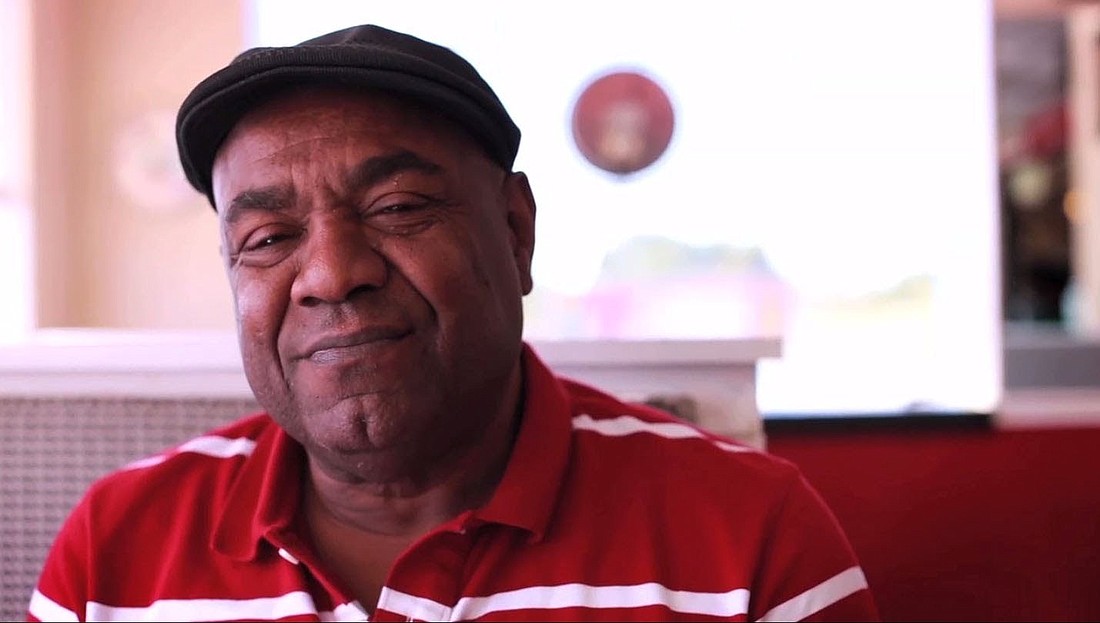- March 6, 2025
-
-
Loading

Loading

Florida, in the 1950s, was a very different place. Although most people associate America’s racially charged Civil Rights Movement with cities like Selma, Montgomery and Birmingham, the struggles of racism and segregation were very much alive in the Sunshine State.
For aspiring artists like Alfred Hair, who lived in the coastal city of Fort Pierce, 150 miles east of Sarasota, displaying their paintings in a gallery simply wasn’t an option. If they hoped to make a living as artists, they were going to have to get creative — and they did. Skipping the galleries and hitting the road to sell his work directly to clients, Hair effectively started a movement, inspiring a group of 26 like-minded artists who would later come to be known as the Florida Highwaymen.
Known for their inexpensive oil paintings of Florida landscapes, created using construction materials like Upson board and window framing, the self-taught Highwaymen sold their work door to door and out of the trunks of their cars for the next three decades, using their artistic skill and entrepreneurship to overcome discrimination and open the door for generations of artists to come. Today, the group has been inducted into the Florida Artists Hall of Fame, and their sought-after work adorns the walls of collectors, who include Steven Spielberg and Michelle Obama.
This Monday, Feb. 8, Westcoast Black Theatre Troupe will honor this historic group of artists with a panel discussion and live demonstration as part of its third annual Voices community forum program, designed to spark community conversations and honor Black History Month.
“When we first launched the program in 2014, we thought it was important to shed light on topics that aren’t typically covered in other places,” says WBTT Executive Director Julie Leach. “There are a lot of people here who can add to that conversation. There was a lot of tough history in Florida — stuff that’s not always shown in history books. There’s a real opportunity to learn those stories directly from the people who experienced it.”
Last year, WBTT Founder and Artistic Director Nate Jacobs met Al Black, one of the original Highwaymen artists, at a demonstration in Bradenton, and he says he was intrigued by his level of skill and impressed by the group’s history and success in a time when the only real employment option for black men was to work in the citrus fields. He knew right away he wanted to invite Black to Sarasota.
“These are artists who overcame and found a way to make a living with their art,” he says. “Our mission at Westcoast Black Theatre Troupe is to provide a platform for African American artists. The Highwaymen didn’t have a platform – they didn’t have a voice. We thought this would be very fitting.”
Al Black, who will attend to perform a live demonstration, says he got his start as a salesman for Hair, but that along the way, he learned how to paint, himself.
“They would make these paintings so fast, that half the time, when I was loading them into the car, they were still wet,” he says. “Of course, they would get messed up a lot on the road, and I had to learn how to repair them. I knew exactly what colors to use to fix them, and eventually, I started painting my own.”
The paintings depict the world the artists knew well. Scenic Florida landscapes and foliage, painted in bright oil colors, portray the tranquil, small-town beauty of the places they called home. They were appealing to business owners at the time, who could decorate their offices for a modest price. Today, paintings originally sold, pre-framed, straight out of a trunk, for about $25, are worth as much as $5,000.
“The beauty of the artwork immediately aroused my curiosity,” says longtime collector Larry Helmuth. “The colors are vivid and bold, and they represent a Florida that’s quickly disappearing. The story behind the art is just as intriguing. These artists were able to make decent living by beating the man.”
More importantly, he says, is what the paintings represent, historically.
“Not only is the art beautiful and deserving of being celebrated, but we also have to remember what they all went through,” says Helmuth. “We have to let our kids know what the Civil Rights Movement was all about. We have to keep this history alive, so it never happens again.”